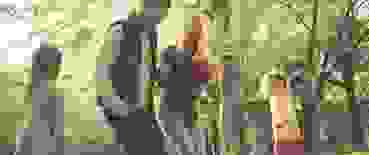
Urinary incontinence
It is estimated that approximately 500,000 people in Switzerland suffer from some form of urinary incontinence.
Urinary incontinence – a widespread medical condition
It is estimated that approximately 500,000 people in Switzerland suffer from some form of urinary incontinence. The number of people affected steadily increases with age. The condition is three times more common in women than in men. Are you familiar with that extremely unpleasant feeling of constantly having to go to the toilet? Are you afraid that urine may leak in everyday situations? If this is the case, you may suffer from urinary incontinence.
Urinary incontinence – what is it exactly?
Urinary incontinence is the involuntary or undesired passing of urine. Bladder weakness is the term that has become established in colloquial speech.
There are different forms of urinary incontinence:
- Stress incontinence
- Urge incontinence
- Mixed incontinence
- Overactive bladder (OAB)
- Overflow incontinence
- Reflex incontinence
The two most frequent forms are stress incontinence and urge incontinence.
Urinary incontinence – better to talk about it than suffer from it!
Urinary incontinence can severely affect a person's quality of life. Social contacts suffer, leisure activities are reduced and freedom of movement is restricted in everyday life. Even though urinary incontinence is widespread in the Swiss population, many of those affected are embarrassed to discuss it with acquaintances or friends. Many do not even find it easy to seek medical help. We have to break this taboo! Don't be embarrassed to discuss urinary incontinence with friends or acquaintances. Talk to your doctor about possible medicinal and non-medicinal measures that could alleviate your symptoms and considerably restore your quality of life.


